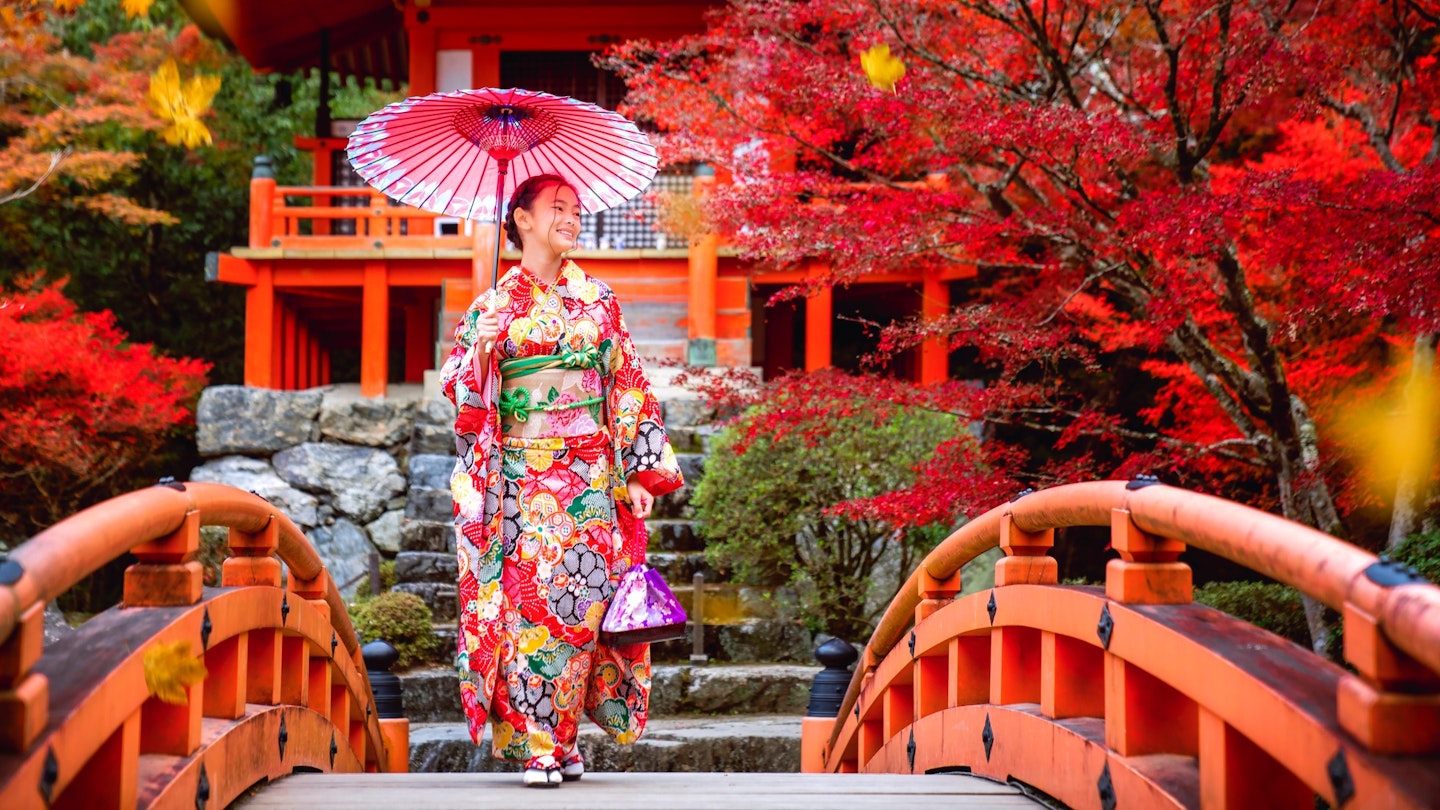Essential Travel Tips for Visiting Kyoto, Japan
Kyoto is the embodiment of traditional Japanese culture. It’s a place where authentic crafts are kept alive and historic temples and teahouses line the narrow streets. This iconic city places a significant emphasis on etiquette, making it essential to be prepared for your visit.
1. Tune in to the Seasons
Kyoto is a seasonal destination, so planning your trip based on the time of year is crucial. The spring cherry blossom season is particularly photogenic yet crowded. If you’re aiming to visit during this peak period, advanced accommodations booking is advisable—anticipate premium prices. Similarly, the fall foliage attracts many visitors, though it may be slightly less congested. Summer bursts with vibrant festivals, while winter offers a quieter experience. Note that many shops and restaurants close during New Year from December 29 to January 3.
2. Think Carefully About Where You Want to Stay
Kyoto boasts numerous neighborhoods, with southern Higashiyama and downtown being the most convenient for sightseeing. Accommodation options vary from budget guesthouses to high-end hotels. For a more authentic Japanese experience, consider staying in a ryokan inn, where you’ll sleep on futons on tatami mat floors, enjoying traditional meals served right in your room.
3. Pack Shoes You Can Slip On and Off
Frequent shoe removal is a part of the Kyoto experience, so select footwear wisely. Outdoor shoes are typically not allowed in tatami mat rooms, homes, temples, restaurants, and ryokan inns. Keep an eye out for raised thresholds that indicate where footwear should be removed. Slip-on shoes are particularly convenient, and don’t forget that different slippers are often provided for bathrooms.
4. Explore on Foot
Kyoto is an incredibly walkable city, allowing for the discovery of lesser-known yet fascinating spots. From tiny restaurants with limited seating to ancient shops selling wagashi sweets and local crafts, many interesting places are tucked away in hidden alleyways. Wandering on foot also enhances your chance of encountering charming shrines, street stalls with freshly baked mochi, or spotting a kimono-clad maiko (apprentice geisha).

5. Expect Crowds
Kyoto is renowned for its stunning sightseeing spots, drawing large crowds of domestic and international tourists. Popular attractions such as Kinkaku-ji temple, the Arashiyama Bamboo Grove, and Kiyomizu-dera temple are must-sees. To enhance your experience, plan visits for early morning or late afternoon to dodge the crowds. When at Fushimi Inari-Taisha shrine, venturing further up the mountain will provide a more peaceful experience.
6. Discover More Than Temples and Shrines
While Kyoto is the spiritual heart of Japan with nearly 2000 temples and shrines to visit, the city offers more than just spiritual sites. Explore Nishiki Market for top-tier local cuisine, take an evening stroll through the historic streets of Gion, and marvel at the grandeur of Nijō-jō castle. Additionally, Kyoto includes prestigious museums, delightful parks, and tranquil walking paths worth discovering.
7. Allow Time to Explore the Surrounding Region
Though it’s easy to spend your entire trip in Kyoto, expanding your itinerary to include day trips to nearby regions can enrich your experience. The surrounding prefecture offers breathtaking hiking routes, quieter temples like Kurama-dera and Enryaku-ji, along with charming towns such as coastal Kinosaki Onsen and green tea-loving Uji, perfect for a day trip.
8. Mind Your Manners
Politeness is deeply ingrained in Japanese culture. While tourists are often forgiven for minor etiquette breaches, showing courtesy is always advisable. Refrain from speaking loudly in public places, avoid eating while walking, and ensure you allow space for others on narrow streets. Avoid littering, cutting in line, and respect designated smoking areas as many parts of the city are now no-smoking zones.

9. Pay in Cash, Avoid Tipping
Tipping is not customary in Japan and can be perceived as rude. If you attempt to leave a tip, it will likely be refused. In most eateries, payment is made at the front counter rather than at the table. Cash is more widely accepted than credit cards, and it’s courteous to place your money in the small tray provided instead of handing it directly to staff. Change will also be left in the tray for you to pick up.
10. Respect for Geisha
Many visitors hope to see geisha—known as geiko in Kyoto—while exploring the Gion district. It’s vital to maintain respect when encountering them; they are usually en route to appointments and may not welcome unsolicited attention. Politely ask before taking photographs rather than behaving in a way likened to paparazzi.
11. Safety in Kyoto
Crime rates in Kyoto are low, and tap water is safe to drink. It’s generally safe to walk alone at night, and the city is inclusive of LGBTIQ+ individuals. Nevertheless, it’s wise to exercise common sense throughout your stay. If you require assistance, police boxes (kōban) are located at most intersections, although officers may have limited English proficiency.
12. Be Aware of Bicycles
Cycling is a popular mode of transport in Kyoto, and many cyclists ride on sidewalks. Be vigilant while walking, especially when exiting shops and restaurants. If you hear a bell, someone behind you may be signaling to pass.
13. Emergency Numbers
In the case of a medical emergency, dial 119 for ambulance services (the number is also for the fire department). Medical care in Kyoto maintains reasonable costs while delivering high standards. Ensure you secure travel insurance prior to your trip to access treatment when needed. For police assistance, dial 110.
14. Understanding Earthquakes
Japan experiences frequent earthquakes; however, most are of low intensity and result in minimal damage. Instructions for what to do during a serious quake are typically available in your accommodation.
This article was first published on December 16, 2021, and updated on December 11, 2023.





